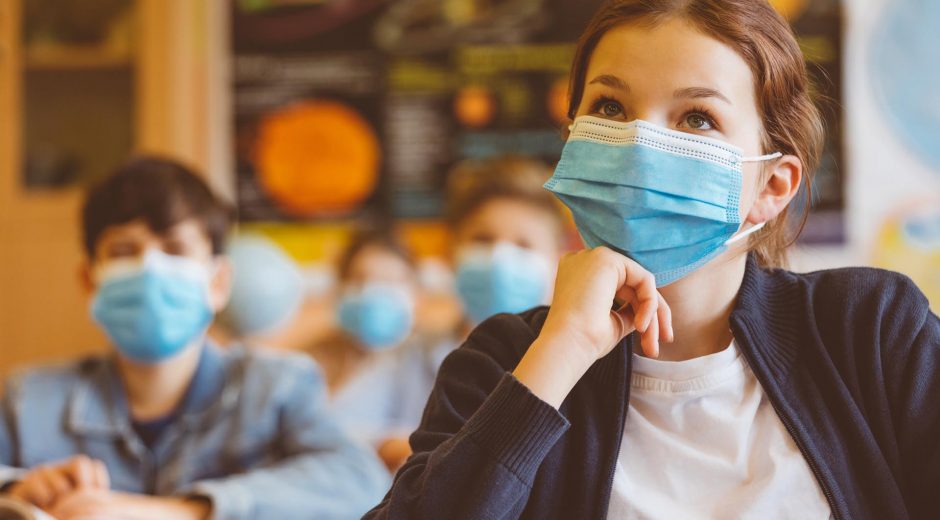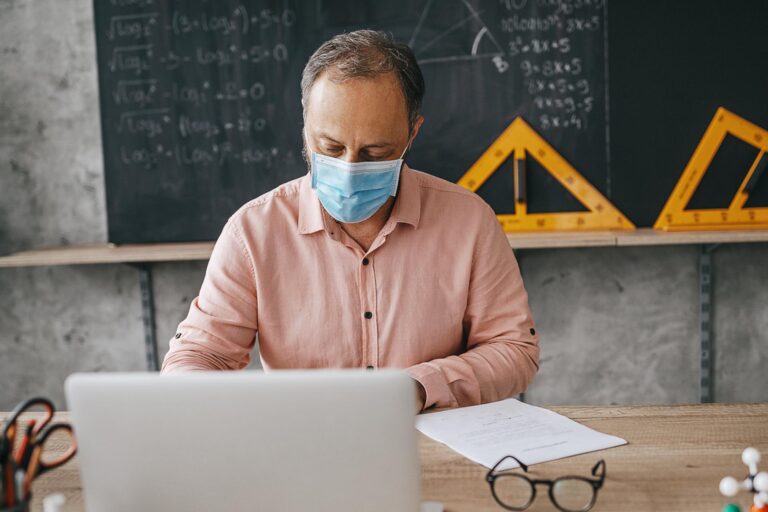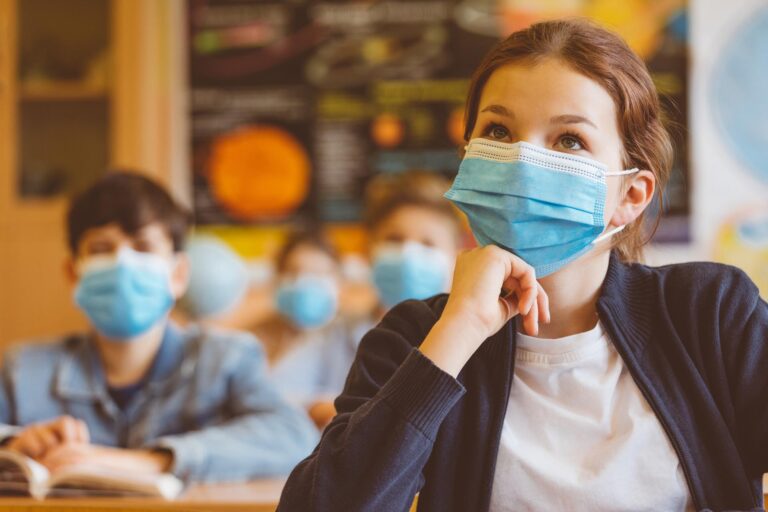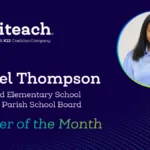The Face of Education Post COVID-19
Summer is here and we have a little breathing room before classes are supposed to return full swing in the fall. So what will that look like? And what have we learned from a spring break that turned into a quarantine and then a cancellation of in-person education for the rest of the school year?
According to an article on Medium.com, teachers were surveyed about what changes they would implement when school returned. Many of the responses were about cleaning and social distancing, but a number of respondents, 70% actually, responded that technology would play a bigger role in the classroom. But overwhelmingly, want the surgery from Medium.com revealed was that teachers care about their students.
That is one of the best things to come out of Covid-19. Seeing teachers work together to put programs into place to meet their students needs quickly showed the resourcefulness of teachers. And teachers continue to be resourceful using technology and thinking of new ways to teach their students. The Medium.com surgery revealed that these were some of the top tools enjoyed by teachers during quarantine.
Top Tools:
- Zoom: 26%
- Google Classroom: 22%
- SeeSaw: 7%
- Flipgrid: 4%
- Google Tools (docs, slides, sheets, etc.): 4% — If you haven’t checked out Pear Deck, you need to!
If you haven’t checked out our post on technology in the classroom, be sure and check it out here: Technology in the Classroom.
CDC Guidelines for Returning to School
This information comes from this article on the CDC website which was updated May 19, 2020. The article gives very detailed instructions on creating signage, scheduling staggered drop off times, cleaning, training staff, and what to do and who to contact when a person gets sick.
“The more people a student or staff member interacts with, and the longer that interaction, the higher the risk of COVID-19 spread. The risk of COVID-19 spread increases in school settings as follows:
- Lowest Risk: Students and teachers engage in virtual-only classes, activities, and events.
- More Risk: Small, in-person classes, activities, and events. Groups of students stay together and with the same teacher throughout/across school days and groups do not mix. Students remain at least 6 feet apart and do not share objects (e.g., hybrid virtual and in-person class structures, or staggered/rotated scheduling to accommodate smaller class sizes).
- Highest Risk: Full sized, in-person classes, activities, and events. Students are not spaced apart, share classroom materials or supplies, and mix between classes and activities.
COVID-19 is mostly spread by respiratory droplets released when people talk, cough, or sneeze. It is thought that the virus may spread to hands from a contaminated surface and then to the nose or mouth, causing infection. Therefore, personal prevention practices (such as handwashing, staying home when sick) and environmental cleaning and disinfection are important principles that are covered in this document. Fortunately, there are a number of actions school administrators can take to help lower the risk of COVID-19 exposure and spread during school sessions and activities.”

How We Conquered the Deadly Smallpox Virus
It’s been a while since a pandemic has happened on such a global scale like Coronavirus, but in doing research for this article, I stumbled upon this very interesting video about how Smallpox was conquered. Sometimes solutions to problems come in the most unexpected ways.
Covid-19 Classroom Unknowns
We don’t know how the future will play out with Covid-19 in the classroom. But what we do know is that the world has bounced back from other pandemics that were far worse, and we have more resources now than ever before to cope with our current situation.
During quarantine, teachers used their resourcefulness and classroom technology to continue educating students. Along the way they learned some new ways of doing old things. Sometimes in life when you have your plan disrupted, you just have to make a new plan. You pivot. We know that education will continue this fall and it might look different, but teachers will continue to be essential.
Be an Essential Employee. Teach.
Ready to teach? If you are interested in becoming a teacher, check out our online teacher certification process and you could be teaching in a matter of weeks.





